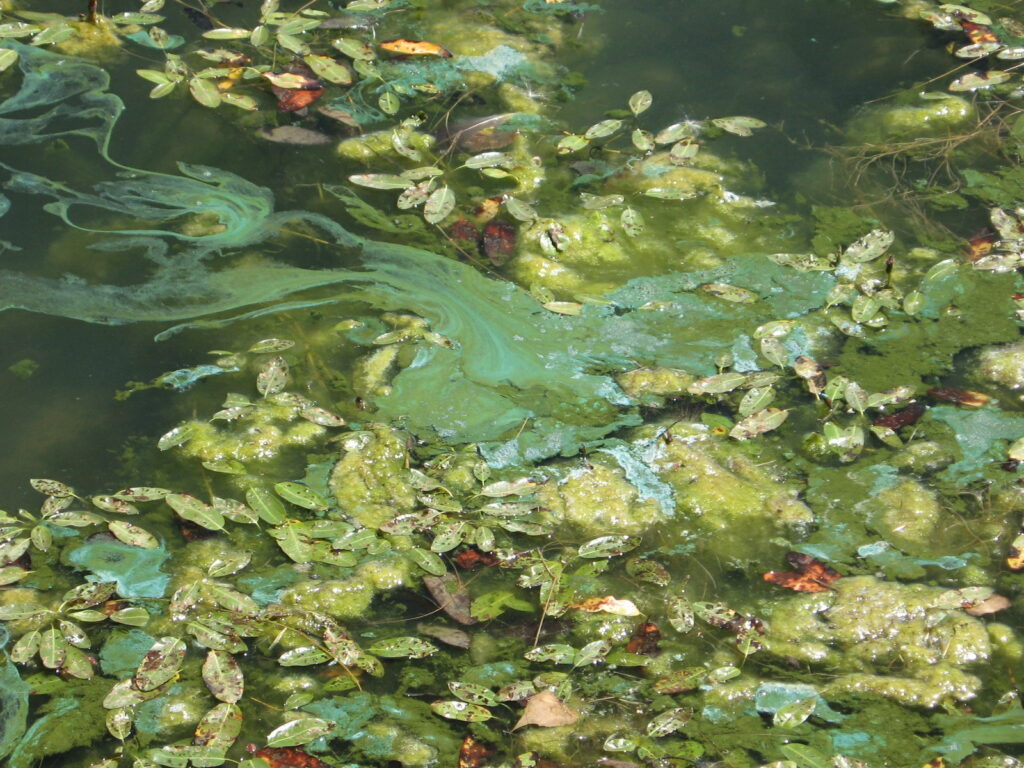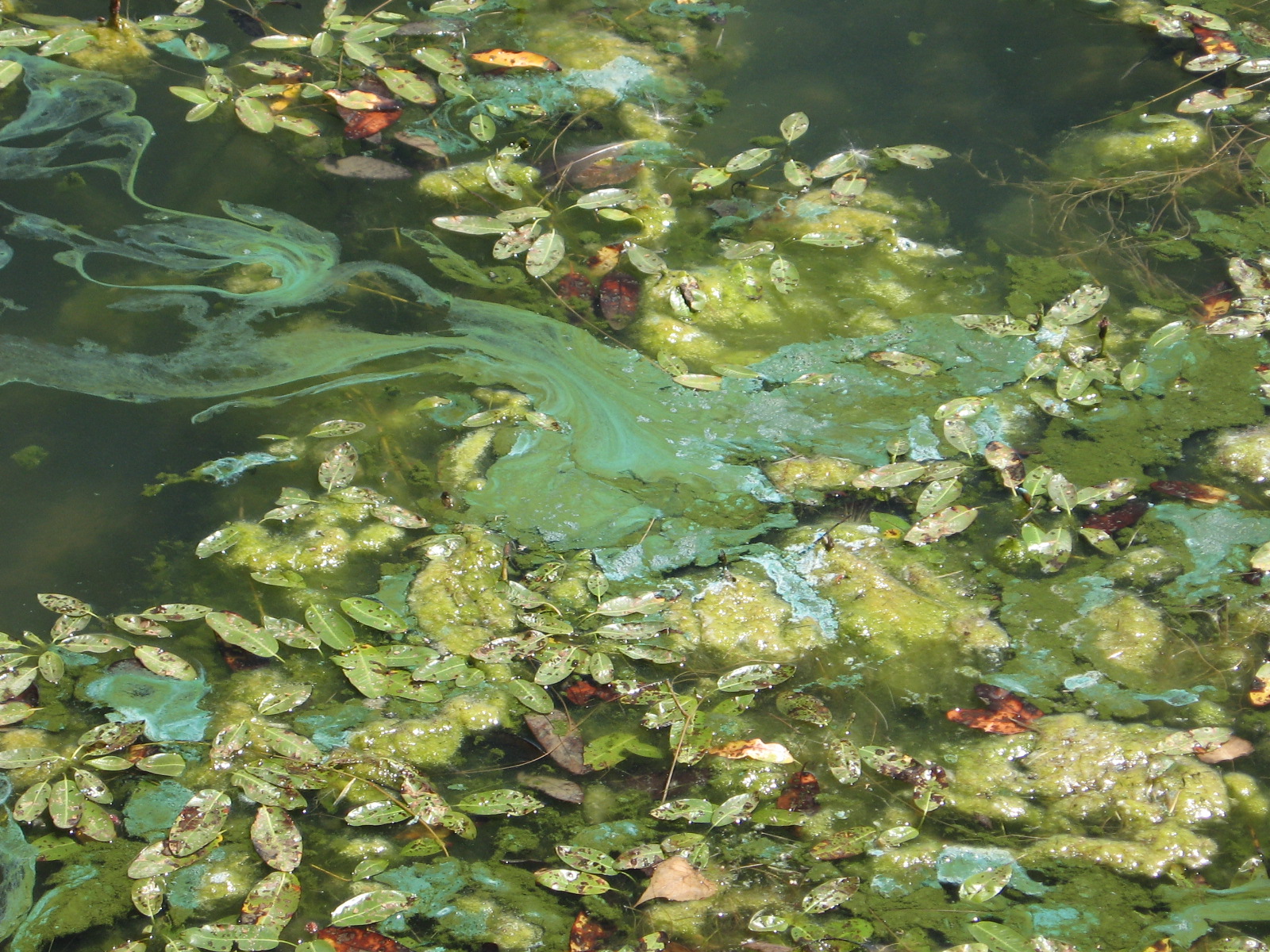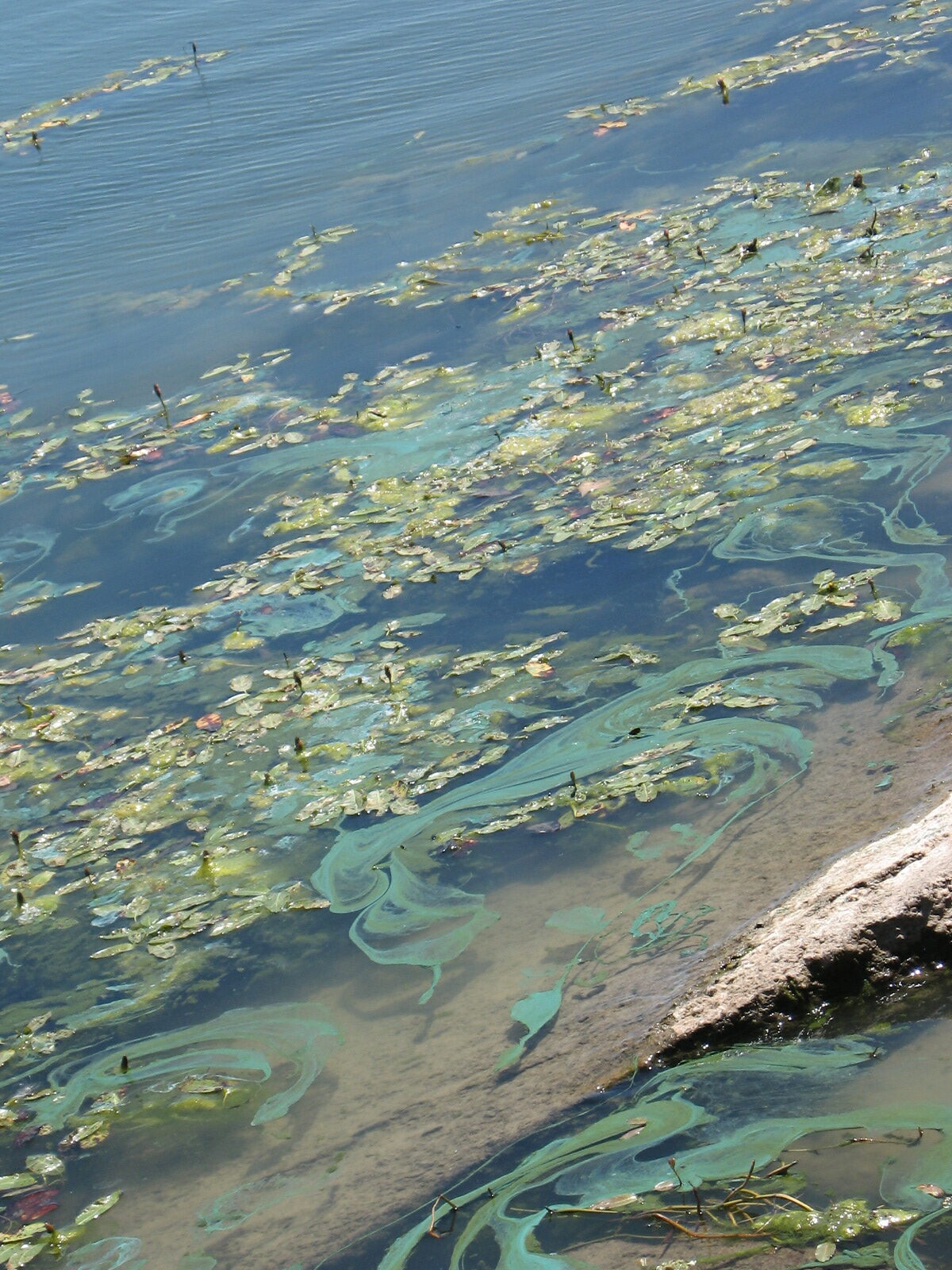Blue-Green Algae, technically known as Cyanobacteria
August 3, 2022
This is a precautionary alert to advise all users of the Timnath Reservoir that Blue-Green Algae (Cyanobacteria) may be present in areas of Timnath Reservoir. Blue-Green algae can cause illnesses such as; diarrhea, abdominal pain, eye and skin irritation, and rashes. Experts advise against wading or swimming in areas where Blue-Green Algae is present, and keeping pets and livestock away.

The Town is monitoring the situation
At certain times of the year blue-green algae, technically known as cyanobacteria, is present in the reservoir. The algae comprise of microscopic organisms that are naturally present in lakes and streams. Under certain conditions, blue-green algae can become abundant – especially in warm, shallow, undisturbed, nutrient-rich surface waters that receive a lot of sunlight. When this occurs, blue-green algae can form blooms that discolor the water, or produce floating mats or scums on the water’s surface. It may be a harmful blue-green algae bloom if the water is blue-green, green, yellow, white, brown, purple, or red, has a paint-like appearance, or if there is scum on the water surface. In previous years, blue-green algae has been confirmed in the Timnath reservoir – typically towards the end of summer and into early fall. Because direct contact can cause health issues in humans and animals, it is recommended that people and their pets avoid contact with the algae. The Town does not actively treat the algae.
How to spot blue-green algae
- A cyanobacteria bloom can turn water turquoise, bright green, pea green, brown or other unusual shades. Rafts of froth or foam sometimes appear.
- At times blooms appear along shorelines and in bays and other areas shielded from wind and waves, and often follow periods of hot, calm weather and can persist into the fall.
- Experts advise against wading or swimming in water with this appearance, and keeping dogs and livestock away.
To protect yourself and your pets
- Avoid contact with blue-green algae blooms
- Keep children away from algae and scum in the water along the shoreline
- Do not swim or wade in water where blue-green algae is visible
- Do not allow pets or livestock to enter or drink the water
- Do not drink or cook with water from this reservoir
- Clean fish well and discard guts – avoid eating fish that look unhealthy
- If contact occurs, wash with clean water as soon as possible
- If you or your animals have sudden or unexplained sickness after being in the reservoir, call your doctor or veterinarian
If, after being in the reservoir, you or your animals have sudden or unexplained sickness call your doctor or veterinarian.






